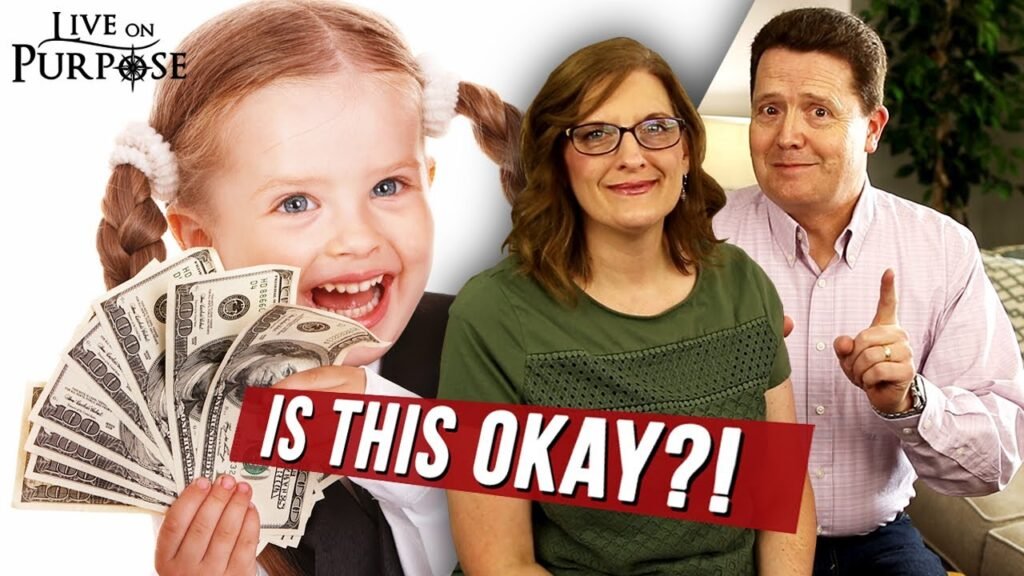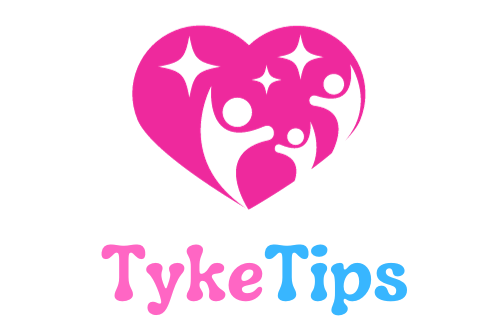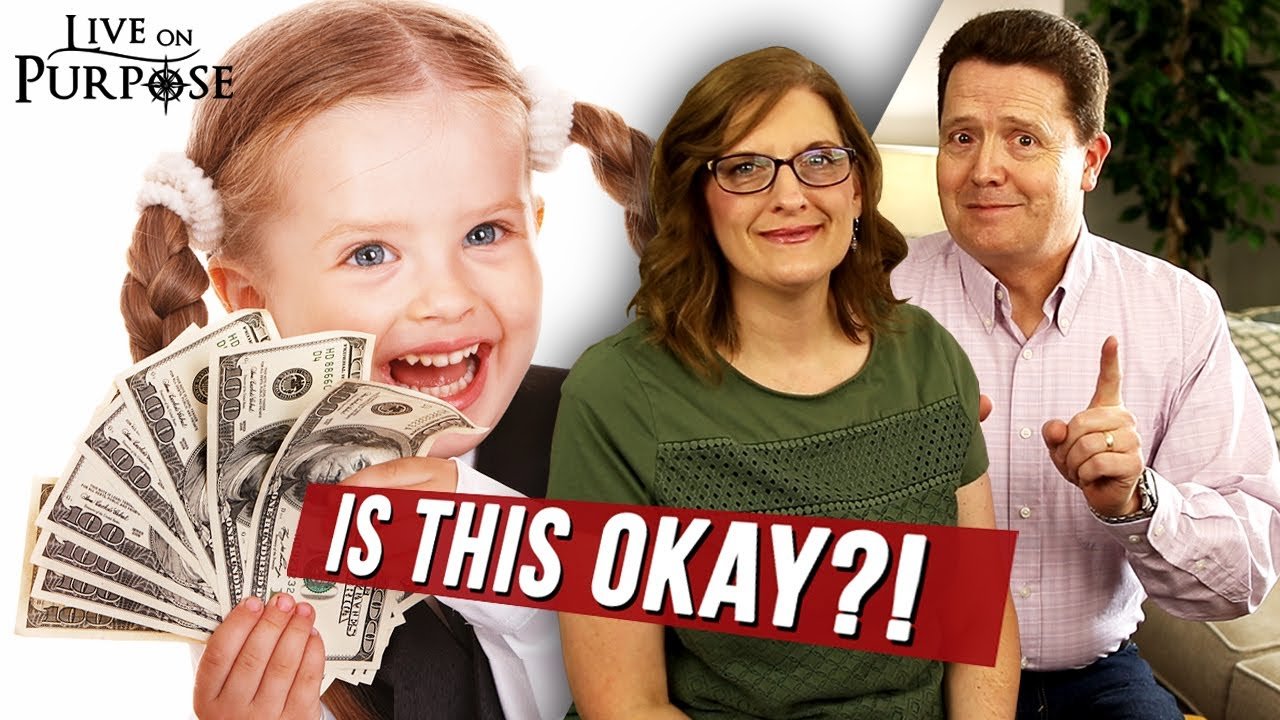Should you give your child an allowance? It’s a question that many parents ponder as their kids start asking for things that come with a cost. As parents, we want to provide the best for our children, but it’s also important to teach them valuable lessons along the way. In this video by Live On Purpose TV, Dr. Paul Jenkins discusses the pros and cons of giving children an allowance. He emphasizes that the answer depends on various factors and that there is no right or wrong approach. By giving kids practice money with a budget and using concepts like response cost, parents can use allowance as a tool to teach responsibility and financial literacy. So, should you give your child an allowance? Watch the video to learn more and make an informed decision. Allowance can be a valuable tool in teaching children responsibility and the concept of earning money. Instead of simply giving them money without any conditions, it is important to use allowance as an opportunity for learning. This article will explore different approaches to giving an allowance, the concept of response cost, and creative ways to use allowance as a learning tool. Additionally, it will discuss the importance of teaching budgeting and money management alongside allowance.
Why Giving an Allowance?
Giving an allowance to your child can be a great way to teach them important life skills. It provides an opportunity to learn about responsibility and the value of money. By giving them a certain amount of money regularly, you can teach them how to manage their finances, make choices, and save for the future.
Teaching Responsibility vs Entitlement
When considering whether to give your child an allowance, it is important to think about what you want to teach them. Giving an allowance can either teach children responsibility or entitlement. If they learn that money is not free and that they have to earn it through their actions and behaviors, it can instill a sense of responsibility. On the other hand, if they view allowance as free money with no strings attached, they may develop a sense of entitlement.
Using Allowance as a Learning Tool
One of the best ways to use allowance as a learning tool is through the concept of response cost. Response cost means that there is a cost for certain actions or behaviors. In the case of allowance, response cost can be used to teach children responsibility for their chores. Instead of paying them directly for chores, you can set certain expectations and hold their allowance contingent on meeting those expectations. This way, they understand that their allowance is tied to their actions and behaviors.
Response Cost
Using Allowance as a Motivator
By using response cost, you can make allowance a more effective motivator for children. Instead of simply receiving a set amount of money each week, they have to earn it through their actions. If they fail to complete their chores or meet certain expectations, they will have to face a cost, which may include a deduction from their allowance. This can motivate them to be more responsible and accountable for their actions.
Distinction Between Paying for Chores and Allowing Practice Money
It is important to distinguish between paying children for specific chores and giving them practice money. Paying children for chores can create a dynamic where they view their contributions to the household as transactional. On the other hand, giving them practice money allows them to learn about the value of money and the concept of earning it, without tying it directly to specific tasks. This approach helps instill the idea that they have a role and responsibility in the family, separate from financial compensation.

Creative Ways to Use Allowance
Response Cost for Chores
Response cost can be a creative way to use allowance to teach responsibility for chores. Instead of giving a specific allowance for each chore, you can establish certain expectations and hold their allowance contingent on meeting those expectations. If they fail to complete their chores, they will face a cost in the form of a deduction from their allowance. This approach teaches them the consequences of their actions and the importance of fulfilling their responsibilities.
Paying Now for Chores
Another creative approach is to pay children upfront for their chores. This allows them to view chores as a form of work that they are compensated for. It teaches them the concept of working for money and can help them understand the value of their contributions. However, it is important to set boundaries and establish a clear understanding that certain tasks are non-negotiable and are part of their responsibility as a member of the family.
Costs for Non-Essential Items
Using allowance as a learning tool can also extend to non-essential items. By creating a distinction between essential items like food, shelter, and clothing, and non-essential items like toys or entertainment, children can learn to make choices and prioritize their spending. They can use their allowance to purchase non-essential items but must understand that there is a cost associated with those choices. This helps them develop critical thinking skills and a sense of financial responsibility.
Budgeting and Money Management
Teaching Budgeting Alongside Allowance
Allowance provides a perfect opportunity to teach children about budgeting. By giving them a specific amount of money and providing a budget, you can teach them how to allocate their funds and make choices. Encourage them to allocate a certain amount for savings, a certain amount for spending, and a certain amount for charity. This helps them develop good financial habits early on and sets them up for a more successful future.
Reconciliation and Accountability
To ensure that children learn the importance of accountability and reconciling their budget, it is crucial to establish clear rules and consequences. If they fail to properly budget and account for their spending, they may have to face a cost or deduction from their allowance. This teaches them the importance of being responsible with their money and planning for their needs and wants.
Conclusion
In the end, whether or not to give your child an allowance is an individual decision. However, there are clear benefits to using allowance as a learning tool. It can teach children responsibility, the value of money, and important life skills such as budgeting and money management. By using creative approaches such as response cost and practicing money with a budget, you can make allowance a powerful tool for teaching and preparing your child for the future.
If you would like further guidance on positive parenting strategies and using allowance effectively, consider enrolling in our Parenting Power-Up course. This course offers group coaching, individual coaching, and digital resources to help you become a more confident and effective parent. Giving your child an allowance can be a transformative experience for both of you, and we are here to support you every step of the way.

